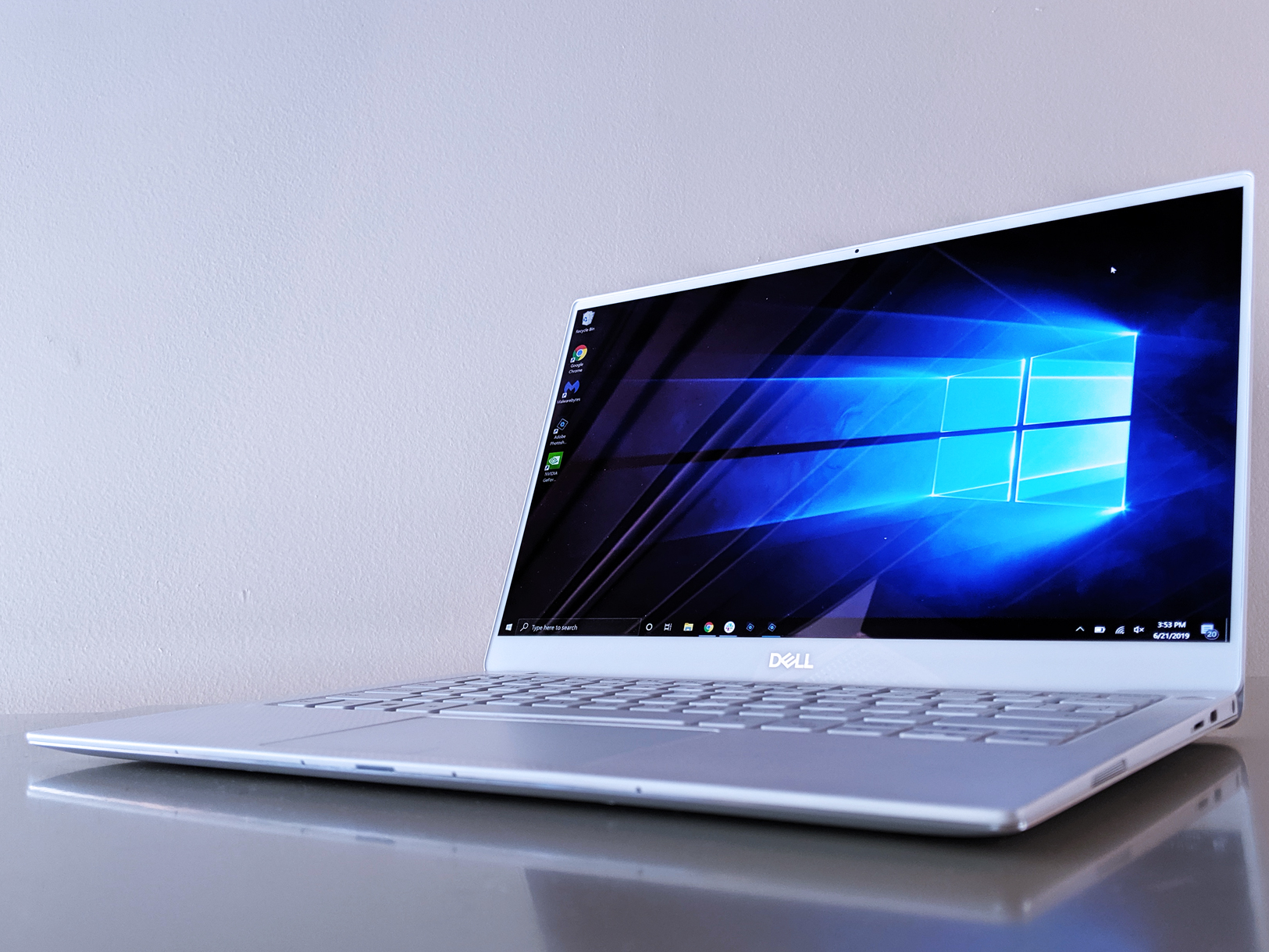- You can check for updates on a Windows 10 PC by going to your “Update & Security” menu.
- Windows 10 is usually set to update automatically, but you can still check for updates manually, whenever you like.
- Updates are important, as they help your computer work properly, and can patch up security issues.
- Visit Business Insider’s homepage for more stories.
Windows 10, like its many predecessors, needs occasional updates to keep the computer running efficiently and securely. These updates usually occur automatically, or will start after asking permission.
Sometimes, though, it’s helpful to manually check for any updates that haven’t been installed yet, especially if your computer is behaving strangely.
Here’s how to check for updates on a Windows 10 PC, and then install them.
Check out the products mentioned in this article:
Windows 10 (From $139.99 at Best Buy)
Lenovo IdeaPad 130 (From $299.99 at Best Buy)
How to check for updates on a Windows 10 PC
1. Click on the Start menu in the bottom left corner of your screen – it looks like the Windows logo.
2. From there, click on the Settings icon, which is a small icon that looks like a gear.
3. At the bottom of the Settings menu, click "Update & Security."

4. Click on "Check for updates" to see if your computer is up-to-date, or if there are any updates available. Your computer will also show the date and time of when it was last updated.

5. If there were updates available, they'll begin to download automatically. On the next screen, your computer will show the current status of your updates. Broader system updates will also be noted on this screen.

You can also view further information about your computer's updates by clicking the various links on the Updates page.
Related coverage from How To Do Everything: Tech:
-
How to test your microphone on a Windows 10 computer, and make sure your PC is using the right input
-
How to hide the taskbar in Windows 10 on your computer or tablet
-
How to restart Windows Explorer using your computer's Task Manager tool
-
How to boot your Windows 10 computer into 'Safe Mode,' to diagnose and troubleshoot problems
-
How to properly uninstall programs on Windows 10, to protect your computer and free up space
